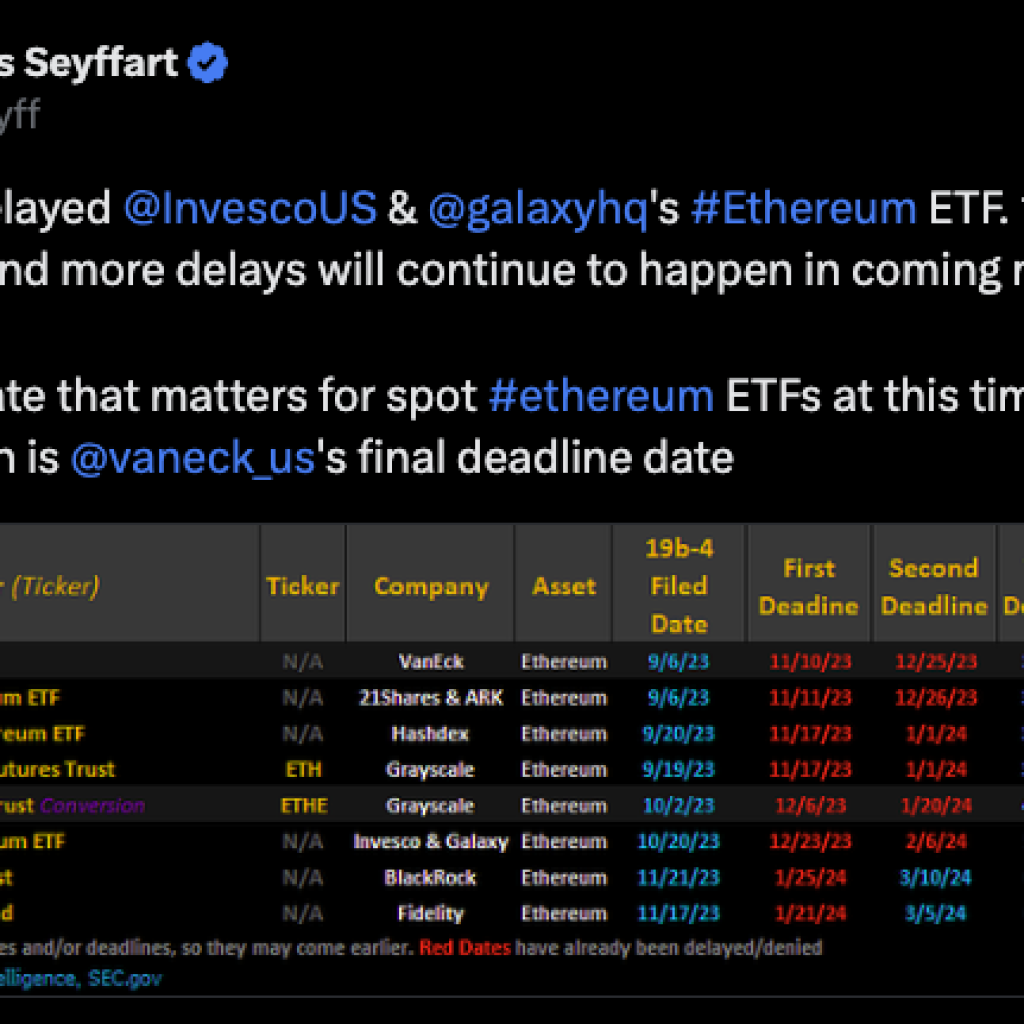As the highly anticipated Bitcoin “halving” event looms just six months away, Iris Energy, a Canada-based Bitcoin mining company, is making significant strides to boost its mining capabilities. On Friday, the company confirmed a substantial increase in its total hashrate, surging by 25% from 5.6 exahashes per second (EH/s) to 7.0 EH/s. This expansion was made possible by adding 7,000 of Bitmain’s latest S21 miners to its mining fleet, with a total cost of $19.6 million.
Iris Energy records a 9% increase in its shares
Iris Energy revealed in a press release that it plans to fund this purchase using existing capital sources, including funds in the bank (approximately $64 million with no debt), operating cash flow, and other recently disclosed funding programs. To understand this expansion better, let’s delve into some mining terminology. “Hashrate” refers to the number of hashes or guesses that miners can generate to solve a complex mathematical problem required to create a new Bitcoin block. An exahash is an astronomical figure equivalent to one quintillion hashes.
In the competitive world of Bitcoin mining, miners race to build each block, and the first to do so are rewarded with freshly minted BTC. The faster miners can produce hashes, the more Bitcoin they earn and the greater revenue they generate. Consequently, increasing hashrate enhances a company’s chances of winning the race each time a new block emerges on the network. Following this announcement, Iris Energy, whose shares trade on the NASDAQ under the ticker symbol IREN, experienced a notable 9.5% surge in its stock price. Notably, in June, Iris had outlined plans to expand its mining capacity to 9.1 EH/s by early 2024.
Industry-wide preparations heighten ahead of the halving event
This target has now been raised to 9.4 EH/s as Iris Energy keeps a keen eye on the market for additional hardware acquisition opportunities. However, the mining landscape is expected to undergo significant changes after the machines from this expansion begin operation in early 2024. This transformation is primarily due to the April 2024 halving event, a scheduled occurrence in the Bitcoin network. During the halving, miners’ guaranteed BTC rewards per block will decrease from 6.25 BTC to 3.125 BTC. The impact of the halving is two-fold. On one hand, it may make mining less financially sustainable, meaning only the most cost-efficient firms will be able to compete effectively in the industry.
On the other hand, many in the cryptocurrency community view the halving as a potential catalyst for Bitcoin bull markets. Such bull markets have historically driven up the price of Bitcoin, potentially making the mining industry more profitable in dollar-denominated terms. Iris Energy is not the only mining firm making strategic moves in anticipation of the Bitcoin halving. Other prominent players in the industry, including Blockstream, Riot, and CleanSpark, among others, have also announced substantial expansion plans this year. Importantly, many of these expansions explicitly reference the upcoming Bitcoin halving event as a driving force behind their growth strategies.
For instance, when CleanSpark, another key player in the mining sector, unveiled a $9.3 million expansion plan in June, its Chief Financial Officer, Gary A. Vecchiarelli noted that the firm is using every opportunity in the market to prepare for the halving. These concerted efforts by Bitcoin mining firms to expand their operations and increase their hashrates ahead of the halving event underline the significance of this milestone in the cryptocurrency industry. It’s a reflection of the ongoing evolution and maturation of the Bitcoin mining sector, where strategic planning and efficiency will be key in navigating the changing landscape and maintaining profitability.





